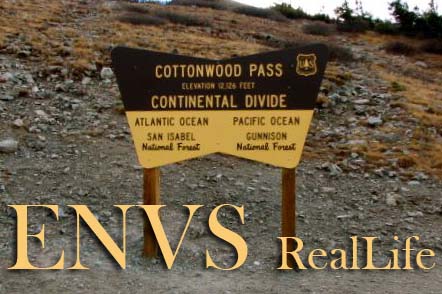The most spectacular thing about being in the jungle is not
the breathtaking sight of sitting on the riverbank watching the crystal clear
water cascade 45 feet below, or sliding down the zip line cables over the river,
or the view from the top of the mountain ridge overlooking miles of rainforest,
but the connection to the wildness of nature and the jungle that surrounds The
Finca. The most rewarding part about dedicating time to a business invested in the
future of the rainforest and creating a safe place for guest to connect with
the environment. The time spent here in Costa Rica working through projects to
help The Finca develop projects that further sustainability for the future. There
is immense pleasure in getting your hands dirty, metaphorically, but also
taking the opportunities to plunge your hands in the dirt and work the garden.
The Finca is focusing it’s energies towards complete farm to table, and working
directly with the plants shows you directly where the produce comes from, and
then you use it in the kitchen at dinnertime. Stakes have been planted and
cards have been written to describe the plants grown in the garden, and how
they’re used in meals. These steps are critical in continuing the lifestyle of
sustainability here. They provide an intimate sense of connecting those at The
Finca to a life created around the environment.
Sunday, June 11, 2017
Reduce, Reuse, Recycle!
Life in the Jungle is not quite as luxurious as it sounds.
The energy and materials required to keep this business running are not free
and come at the expense of the environment. The problem though, is that not
every scrap of material and food is used or composted. Through thorough
examination and exhaustive conversation with management, We found some
solutions to the areas of excess waste to be mitigated and up cycled. First up
on the chopping block is the wine bottle corks from happy hour drinks. It seems
small and insignificant, but it is often the little things that get pushed
aside in businesses. Discussion behind those tiny bits of garbage turned to a
the set up of a collection system to construct a cork-board for guests to hang
pictures or hang up a map and have guests pin where they’re from. This provides
an interactive way for guests to see materials being reused instead of being
tossed into a bag that goes away to a dump. The kitchen is a prime source for
waste and majority is concentrated around food or the kitchen materials. At the
sound of the breakfast bell, a platter of fresh fruit from the garden is
served. Any breakfast buffet yields an excess of this fruit. The sad truth is
that not all of it gets eaten. There is a silver lining though; it gets
composted! But wouldn’t it be better to set up a stand off the balcony to
invite butterflies and wildlife to snack on the remains? We agree. Furthermore,
hundreds of dainty white napkins are expensed fro meals each quarter. Unlike
the paper towels purchased, these napkins are bleached white and cannot be
added to the compost. Solution: cut spending on these napkins and redirect
those funds to purchase cloth napkins and rings. This is a larger upfront cost,
but the savings will arise in the long run.
El Agua es la Vida - Water is Life
Water is the most sacred and valuable resource in the American
West. Growing up in Colorado, we are conditioned early on to conserve this
precious resource. We are trained to follow the flow of the mighty Colorado
River and watch the snowpack diligently, analyzing the accumulation for the
upcoming water year. The tropics of Costa Rica defy all what I’ve come to know
about water. I find myself struggling with my preconceptions of the rivers, the
ecosystems surrounding, and the people who depend upon it. I’ve trekked through
the Rocky Mountains chasing the rivers that support my secluded lifestyle, and
now I navigate through the Costa Rican jungle following Rio Bellavista, in
search of understanding how they use water and make the river work for them.
The top of the ridge along the edge of the property is host to a fresh mountain
spring. The quality of the water has been preserved with a clever tank and
plants (that do not translate to English well) that oxygenate the water. From
there, gravity works for the Ticas (Costa Ricans) of The Finca and the pipes
take water along and down the ridge into larger storage tanks that then
distribute the water to the houses across the several hundred acres. This
system is simple yet effective and provides water to guests and staff of The
Finca throughout the busy months in high season. The tanks can then be filled
in a sequential order by a simple toilet like fill system. There is additional
tanks at base camp in which collect rainwater and is stored and used as graywater (In the toilets in the Rancho and shoers at base camp). This is a critical system for additional water needs during peak season.
There is also hope to increase efficiency and sustainability through a 60 KW
hydroelectric system, however there are legality issues concerning the river
and the need to alter the channel to be at desired capacity. The Finca is
pushing sustainability for a growing community and conserving the most precious
resource.
Subscribe to:
Posts (Atom)
